
Bohm Toek Dak Dorb or Bottle Filling Game
Our ancestors have left behind many folk games for future generations to play during various festivals to create fun and increase mutual relationships. There are many Khmer folk games such as the King Game (Sdach […]
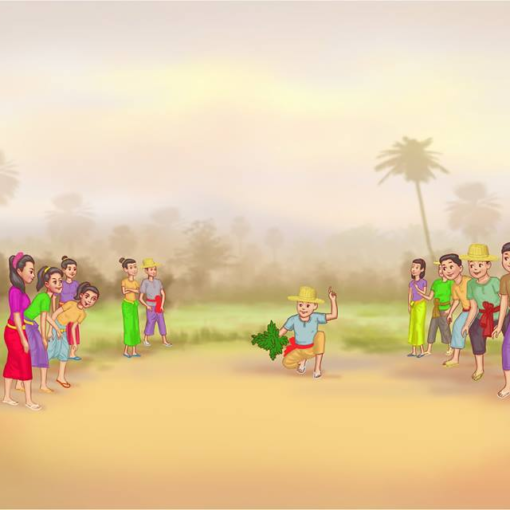
Dan Derm Sloek Chhoer or Leaves Racing Game
Our ancestors have left behind many folk games for future generations to play during various festivals to create fun and increase mutual relationships. There are many Khmer folk games such as the King Game (Sdach […]

Sokola Bon Bon Game
Our ancestors have left behind many folk games for future generations to play during various festivals to create fun and increase mutual relationships. There are many Khmer folk games such as the King Game (Sdach […]
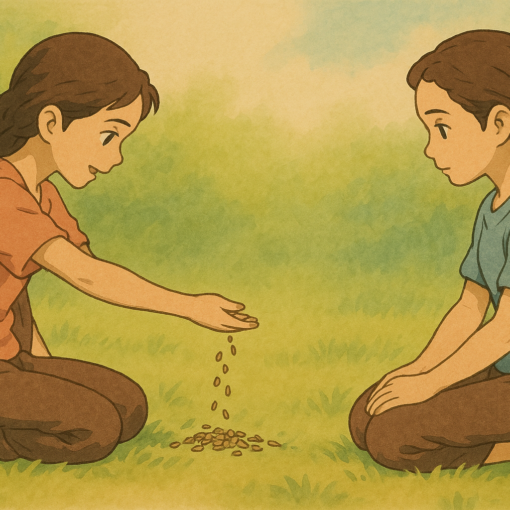
Pork Jarb Game
Our ancestors have left behind many folk games for future generations to play during various festivals to create fun and increase mutual relationships. There are many Khmer folk games such as the King Game (Sdach […]
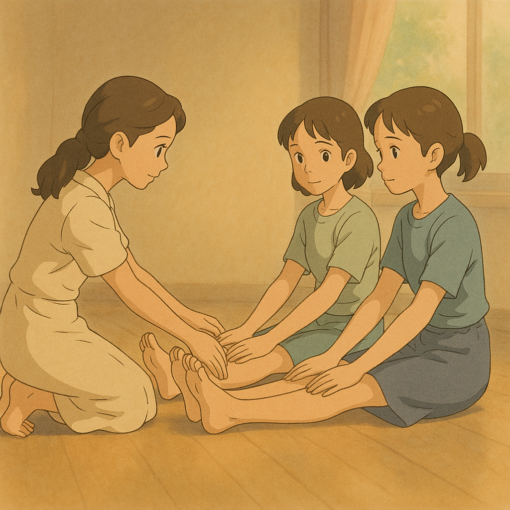
Leak Kh’chung Game or Hidden Coal Game
Our ancestors have left behind many folk games for future generations to play during various festivals to create fun and increase mutual relationships. There are many Khmer folk games such as the King Game (Sdach […]

Kon Koul Game
Some locals call it “Kon Koul Game (ល្បែងកូនគោល)” and it is a game played by young men, women, or teenagers in their free time during the dry season or the New Year season. The playing […]

Bout Sandek Game or Beans Game
Most of the time, the Bout Sandek Game or Beans Game “ល្បែងបូតសណ្តែក” is played by two people facing each other, or if you want to play with more people, you need to have partners sitting […]
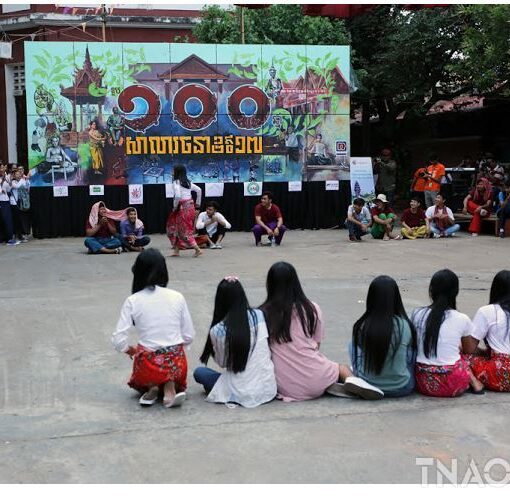
Champa Champei Game
Our ancestors have left behind many folk games for future generations to play during various festivals to create fun and increase mutual relationships. There are many Khmer folk games such as the King Game (Sdach […]
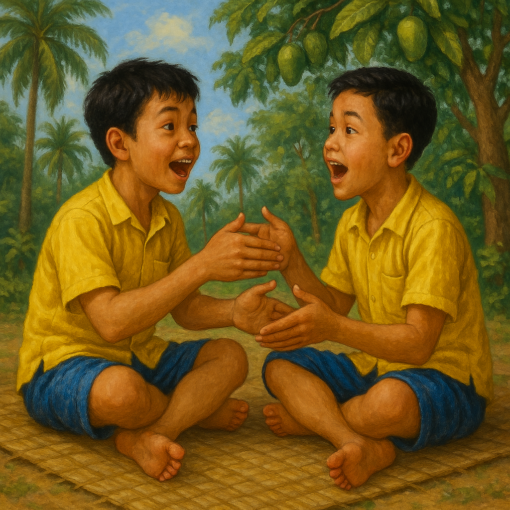
Kuos Po Phleak Game
Our ancestors have left behind many folk games for future generations to play during various festivals to create fun and increase mutual relationships. There are many Khmer folk games such as the King Game (Sdach […]

Khmer New Year
Khmer New Year, also known as “Choul Chnam Thmey,” meaning entering the new year, is a national holiday hosted by Cambodians annually. It is the season when Cambodians have free time from harvesting rice and other agricultural commodities. The event is Cambodia’s largest event and lasts three days, on the 13th, 14th, or 15th of April (in a specific year, it could be on the 14th to 16th of April).
